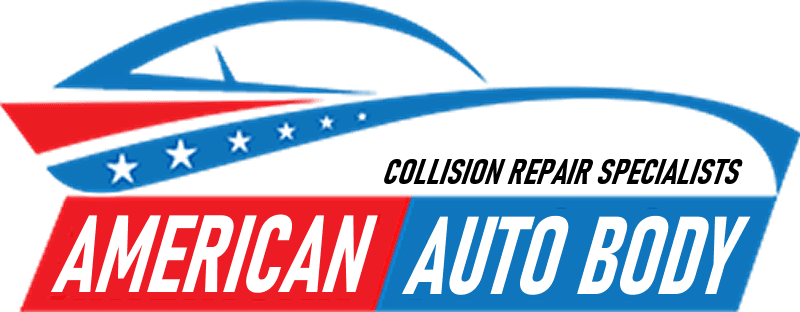Understanding the Collision Repair Process: A Step-by-Step Guide
In today’s fast-paced world, automobiles have become a vital part of our daily lives. However, accidents do happen, and understanding the collision repair process is crucial for anyone seeking to navigate the aftermath of an automotive collision. This comprehensive guide aims to walk you through the step-by-step journey of collision repair, ensuring you are well-informed and prepared.
The Initial Assessment
The collision repair process begins with a thorough assessment of the damage. Once your vehicle arrives at the repair shop, professionals will conduct a detailed evaluation to determine the extent of the damage. This step is crucial as it influences the repair plan, time frame, and costs involved.
During the assessment, technicians will inspect both visible and hidden damages. They may use advanced tools such as computerized measuring systems to ensure precision. The aim is to restore the vehicle to its pre-accident condition, both in terms of safety and aesthetics. Learn more about accurate damage assessment and its importance in collision repair.
Creating a Repair Plan
After the initial assessment, the repair shop will create a detailed repair plan. This plan outlines the steps necessary to fix the damage and ensures that all required parts and labor are accounted for. A well-drafted repair plan helps in managing customer expectations by providing a clear timeline and cost estimate.

It’s essential to discuss the repair plan with your insurance provider to understand coverage and out-of-pocket expenses. Communication between the repair shop and insurance company is crucial to avoid any discrepancies. Explore more about insurance involvement in the collision repair process.
Disassembly and Damage Discovery
Once the repair plan is approved, the next step is disassembly. This involves taking apart the damaged sections of the vehicle to uncover any hidden damages that may not be visible during the initial assessment. Disassembly is a critical phase as it can reveal additional issues that need addressing.
Technicians may find structural damages or issues with safety systems that require immediate attention. At this stage, the repair plan may be adjusted to accommodate any newly discovered damages. This ensures comprehensive repairs and avoids future complications. Understand more about the disassembly phase in the collision repair process.
Ordering Parts and Structural Repairs
With the damage fully assessed and the repair plan finalized, the next step involves ordering the necessary parts. Repair shops often have networks of suppliers to source high-quality parts efficiently. The speed and efficiency of this step can significantly impact the overall repair timeline.
Structural repairs are the foundation of restoring your vehicle to its original condition. These repairs may involve straightening the frame, welding, or replacing panels. Technicians use specialized equipment to ensure precision and safety. This phase is critical as it affects the vehicle’s performance and safety. Discover detailed insights into structural repairs in collision processes.
Body Repairs and Paintwork
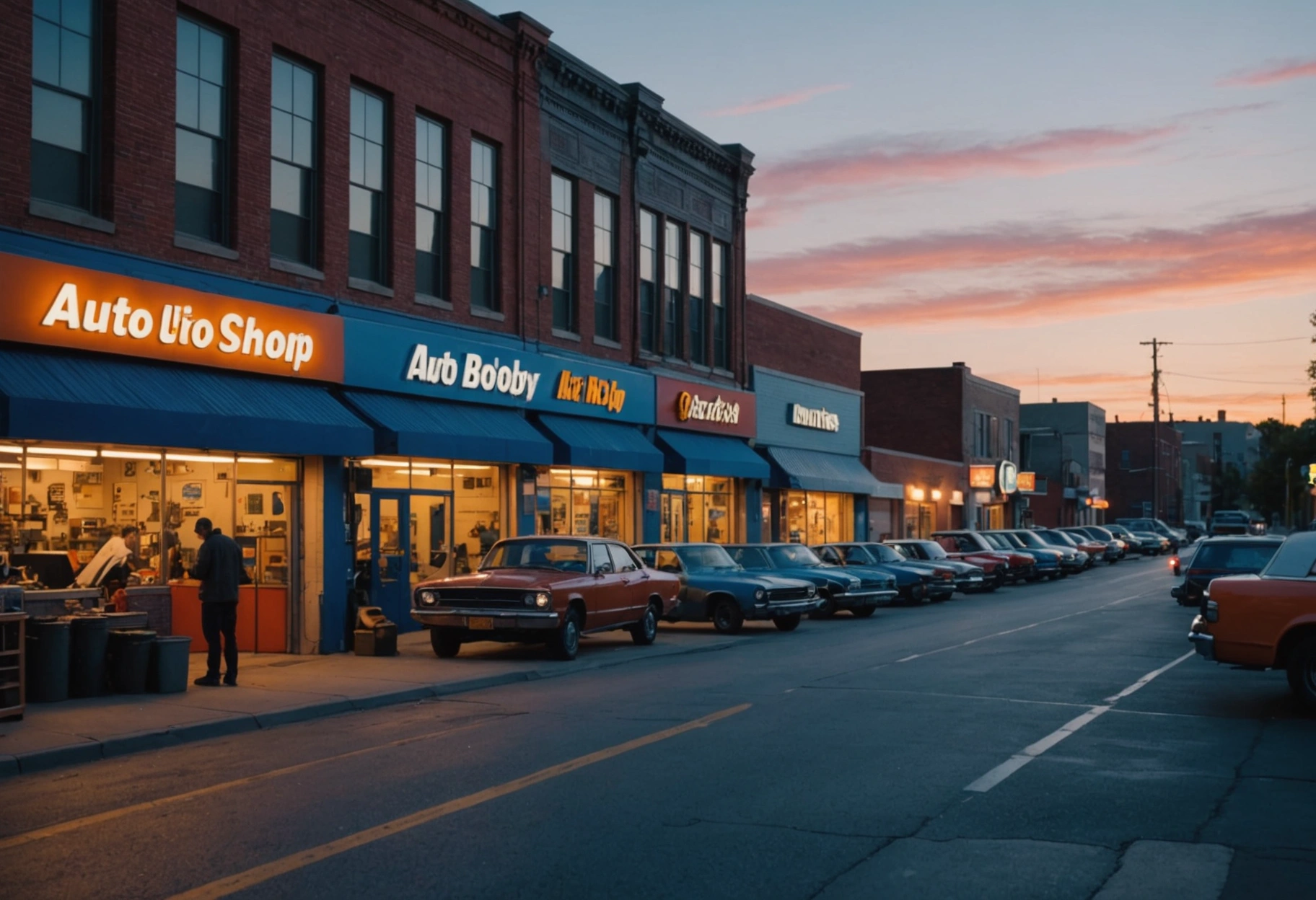
Once structural repairs are complete, technicians move on to body repairs. This includes fixing dents, aligning panels, and ensuring that the vehicle’s body is smooth and ready for painting. Attention to detail during this phase is crucial for achieving a high-quality finish.
Painting is not just about aesthetics; it also protects the vehicle from environmental damage. Technicians match the paint color to the existing shade using advanced color-matching technology. The painting process usually involves multiple layers, including primer, base coat, and clear coat, to achieve a flawless finish. Learn about the importance of quality paintwork in collision repair.
Reassembly and Quality Control
After the painting process, the vehicle undergoes reassembly. Technicians meticulously put back all the parts and ensure that everything fits perfectly. This step involves re-installing the interior components, lights, and electronics, ensuring the vehicle functions as expected.
Quality control is a crucial part of the reassembly process. Technicians perform thorough checks to ensure that all repairs meet industry standards and that the vehicle is safe to drive. A test drive may be conducted to identify any issues that need further attention. Explore the quality control checklist used in collision repairs.
Final Inspection and Delivery
The final inspection is the last step before the vehicle is returned to the owner. During this phase, the repair shop conducts a comprehensive review to ensure the vehicle meets all safety and quality standards. The inspection may include checking the alignment, lights, and safety systems, as well as a detailed visual examination.
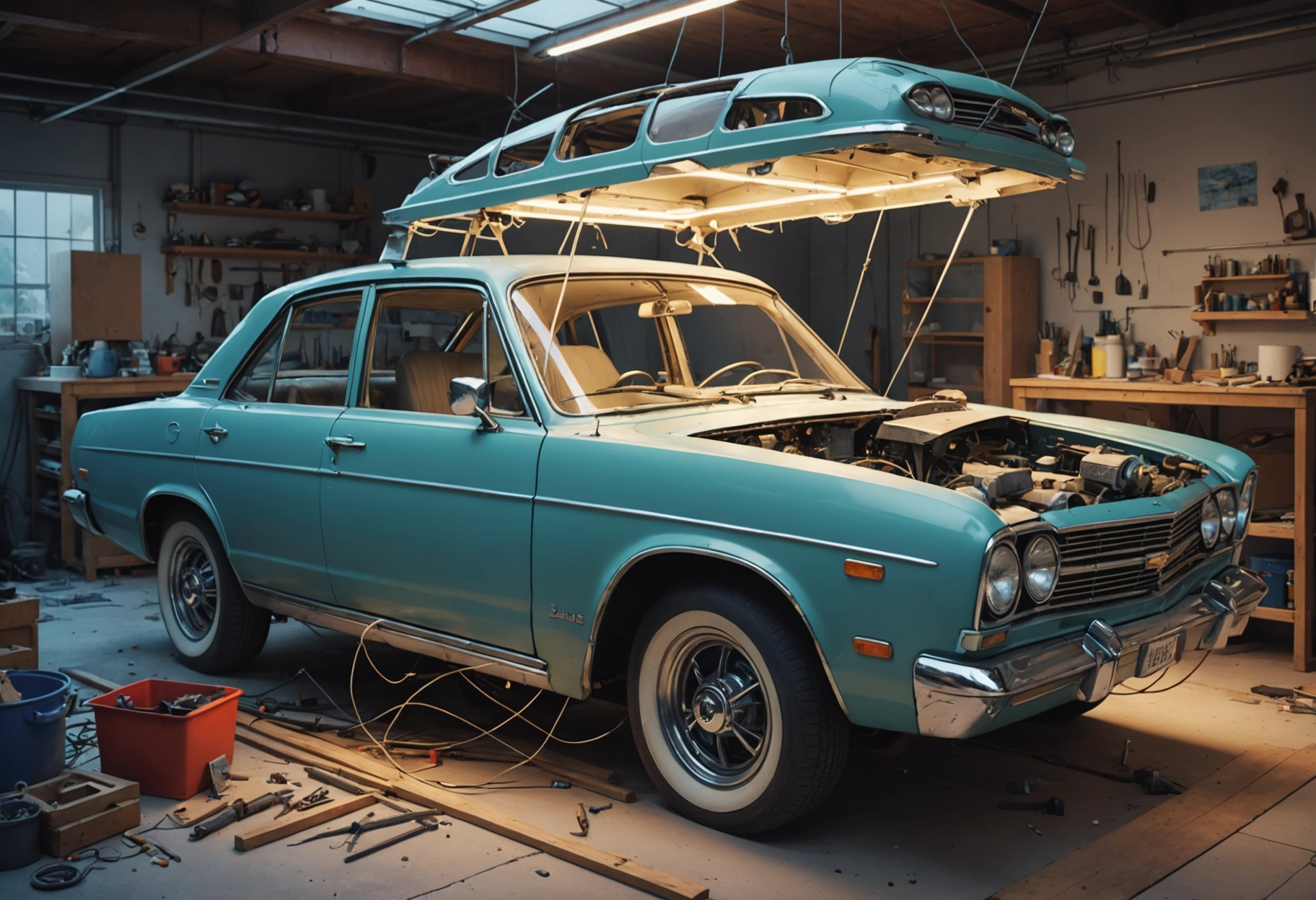
Once the inspection is complete and the vehicle passes all checks, the repair shop will contact the owner for delivery. At this point, the owner can review the work done and ask any questions regarding the repairs. It’s important to address any concerns before accepting the vehicle back. Read more about post-repair steps to ensure your satisfaction.
Takeaways
Understanding the collision repair process is crucial for anyone who owns a vehicle. From the initial assessment to the final inspection, each step plays a vital role in ensuring your vehicle is restored to its original condition. By familiarizing yourself with this process, you can navigate the complexities of collision repair with confidence and ease.
Whether dealing with insurance companies or selecting a repair shop, being informed empowers you to make decisions that best suit your needs. Remember, a transparent and thorough repair process not only enhances vehicle safety but also extends its lifespan, ensuring a smooth and secure driving experience.
Choosing the Right Collision Repair Shop
Selecting the right collision repair shop is a crucial decision that can significantly impact the quality and duration of the repair process. Not all repair shops offer the same level of service, so it’s essential to choose one that meets your specific needs and standards. Start by researching local shops and reading reviews from previous customers to gauge their reputation.
Consider factors such as certification, experience, and the quality of customer service. Shops certified by recognized industry organizations often adhere to higher standards of quality and professionalism. Additionally, inquire about the warranties they offer on repairs to ensure peace of mind. A reputable shop will stand by its work and provide guarantees on parts and labor. Discover tips for choosing a collision repair shop that suits your needs.
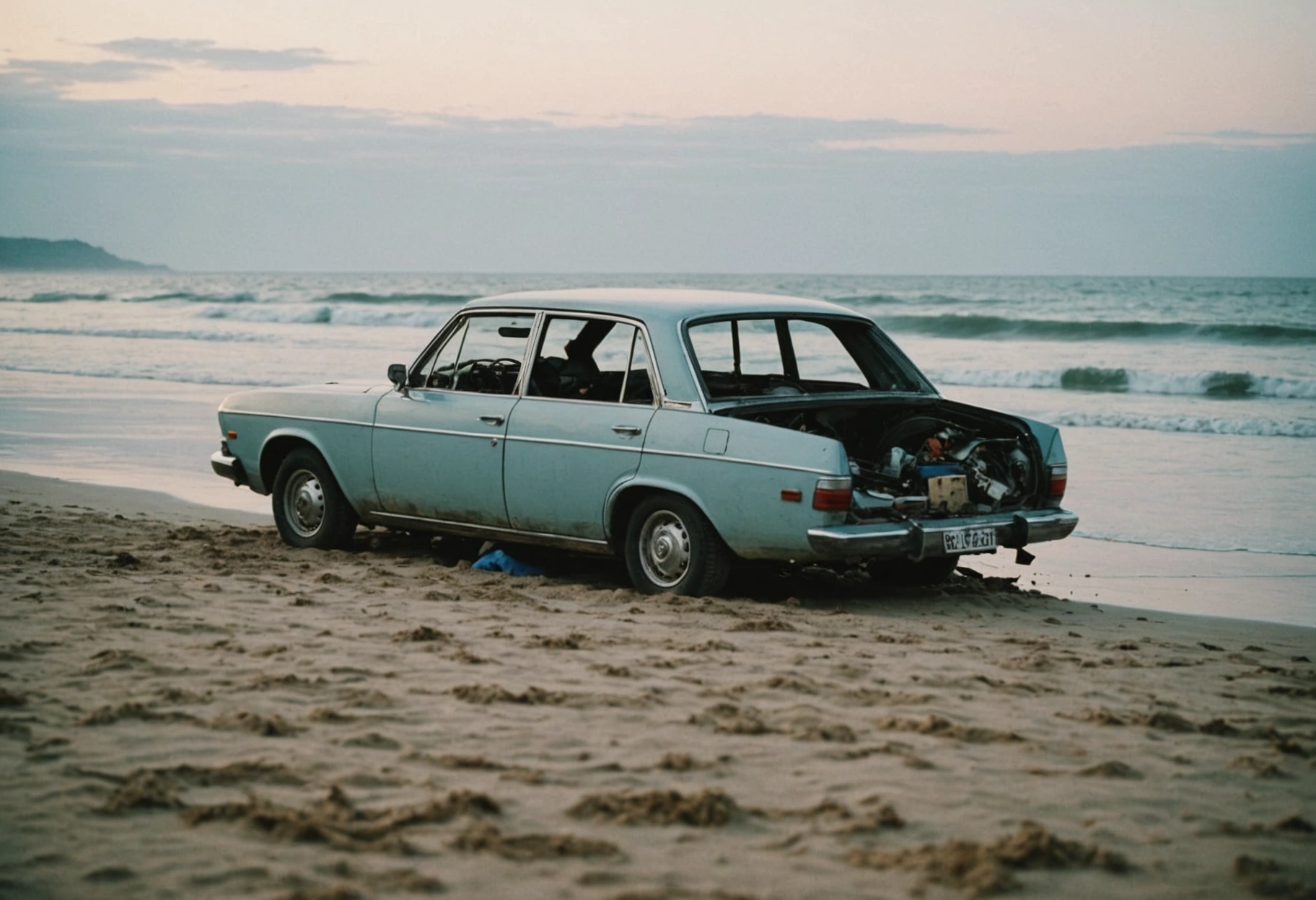
Understanding Repair Costs and Insurance Coverage
One of the most common concerns in collision repair is understanding the costs involved and how insurance coverage works. The total cost of repairs depends on the extent of the damage, the parts needed, and labor costs. It’s crucial to obtain a detailed estimate from the repair shop and discuss it with your insurance provider to understand your financial responsibilities.
Insurance policies vary, so it’s important to know what your policy covers. Some policies may cover the entire cost of repairs, while others might require you to pay a deductible. Understanding the specifics of your coverage can help you avoid unexpected expenses and ensure a smooth claims process. Communication with both the repair shop and your insurance company is key to managing repair costs effectively. Learn more about collision repair costs and insurance coverage.
Maintaining Your Vehicle Post-Repair
Once your vehicle has been repaired and returned, maintaining it properly is essential to prolong the lifespan of the repairs and ensure continued safety and performance. Regular maintenance, such as oil changes, tire rotations, and brake inspections, can help prevent future issues and keep your vehicle in top condition.
After a collision repair, pay attention to any unusual noises or performance issues that might arise. If you notice anything out of the ordinary, contact the repair shop immediately to address potential problems. Keeping a detailed record of all repairs and maintenance performed on your vehicle can be beneficial for future reference, especially if you decide to sell the vehicle. Explore tips for maintaining your car after a collision repair.
The Importance of Customer Feedback
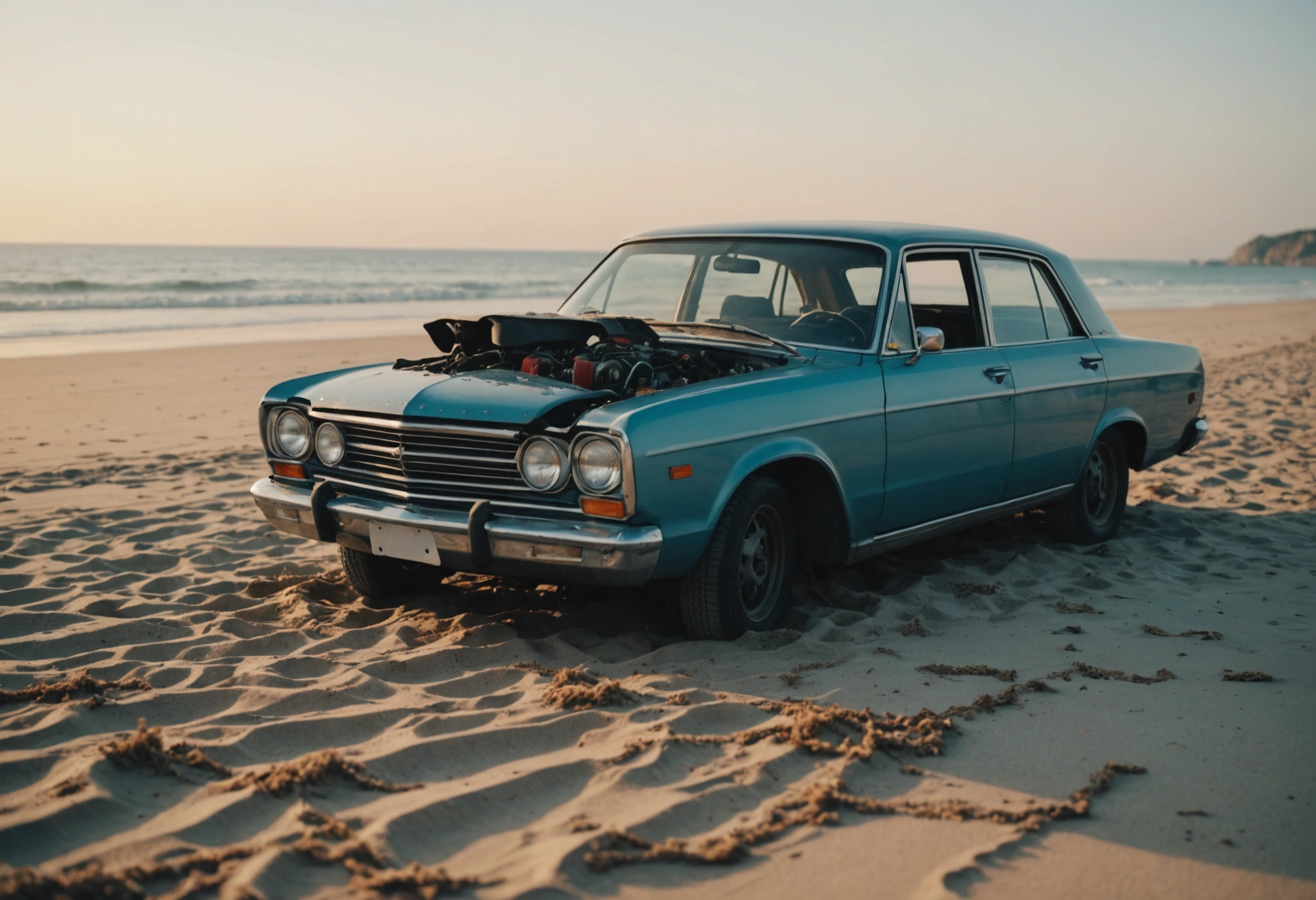
Customer feedback plays a vital role in the continuous improvement of collision repair shops. After your vehicle has been repaired, take the time to provide feedback on your experience. This not only helps the shop improve its services but also assists other customers in making informed decisions.
Be honest and specific in your feedback, highlighting both positive aspects and areas for improvement. Consider discussing the quality of the repairs, the transparency of the communication, and the overall customer service experience. Your feedback can contribute to the shop’s reputation and encourage a higher standard of service across the industry. Read more about the importance of customer feedback in service industries.
Takeaways
Navigating the collision repair process can be daunting, but with the right knowledge and preparation, it becomes manageable. From choosing the right repair shop to understanding repair costs and insurance coverage, each step requires careful consideration. By being informed, you can ensure that your vehicle is repaired efficiently and to the highest standards.
Remember, the ultimate goal of collision repair is not just to restore your vehicle’s appearance but to ensure its safety and functionality. By following the guidance provided in this guide, you can confidently approach the collision repair process and get back on the road with peace of mind.
Stay proactive in maintaining your vehicle post-repair and contribute to the industry by sharing your feedback. This collective effort helps enhance the quality of collision repair services and promotes safer driving for everyone on the road.
Need help with Understanding the Collision Repair Process: A Step-by-Step Guide?
